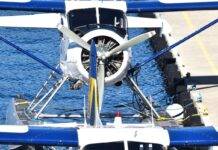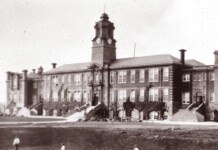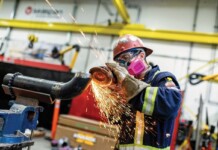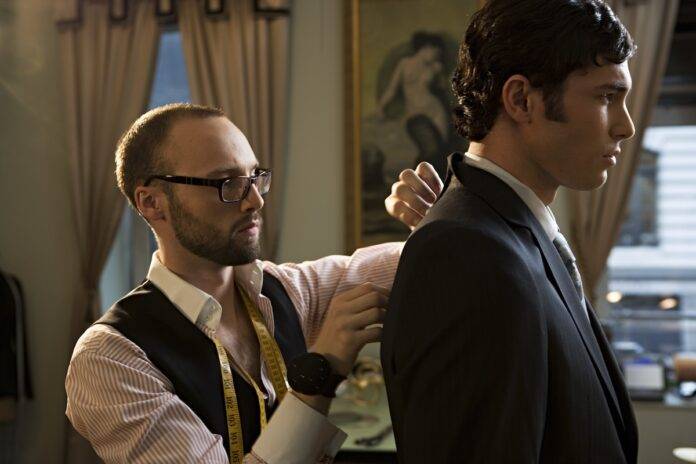Now that tailoring is back in style and silhouettes have loosened up, you probably need a new suit or blazer. But before you head to the shops, it helps to understand the different components of a jacket, especially when talking to your tailor.
Here are the most important features to know:
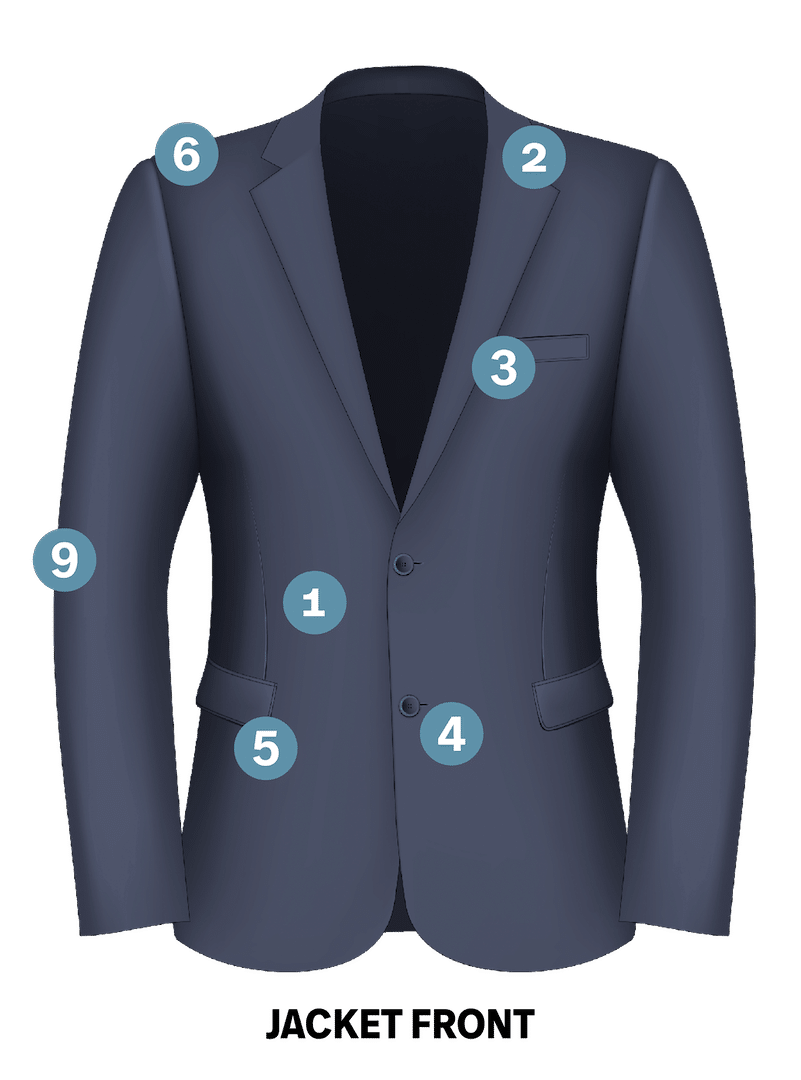 1. Jacket front: The portion of the jacket from shoulder to hem, closest to the collar and front opening, is the jacket front. The line that goes down the middle is the jacket centre front; between that and the side seam is the jacket side front. The point where the side front and the side back pieces join is the side seam, which goes from under the arm to the hem.
1. Jacket front: The portion of the jacket from shoulder to hem, closest to the collar and front opening, is the jacket front. The line that goes down the middle is the jacket centre front; between that and the side seam is the jacket side front. The point where the side front and the side back pieces join is the side seam, which goes from under the arm to the hem.
2. Collar: All collars have a front, a back, an upper and an under. The front upper collar is the part at the top of the jacket. The upper collar is the part that is seen when it’s worn; the under collar is the back side of it, and is cut slightly smaller. The point where the collar rolls from the upper to the under side is called the collar roll.
3. Lapel: Below the collar sits the lapel, which can vary in width depending on the style of jacket; the corner of the lapel that juts out slightly is called the collar notch. The seam where the lapel and the upper collar join at the notch is the gorge.
4. Buttons: Most jackets have one to four buttons along the centre front; double-breasted jackets have a double row of buttons to fasten the overlap. Just above the buttons is the break line where the collar rolls open.
5. Pockets: Most jackets have a pocket of some sort on the jacket side front, often with a flap over it. Many also have a simple welt pocket at the chest, ideal for tucking pocket squares into.
6. Shoulder: Your tailor will almost certainly pay special attention to the fit of the shoulder as well as the armscye (pronounced arm-sigh), the curved opening that goes around the arm to the armpit, and the sleeve cap, the point of the sleeve adjacent to the shoulder seam.
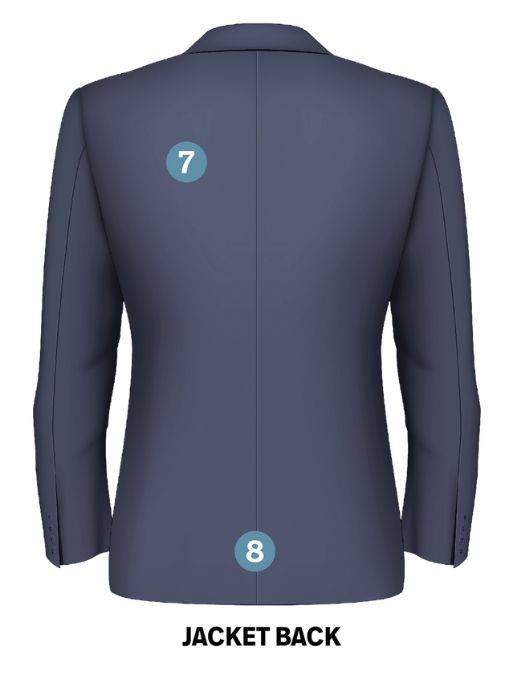
7. Jacket back: The seam that runs down the middle of the coat is the centre back seam. The section of fabric between it and the side back seam is the jacket back; the section of fabric that connects the jacket back to the front is called the jacket side back. The side back seam between them is often curved for quality fitting.
8. Vents: Most jackets have a slit at the bottom of the back called a vent, and some have two (a double vent). This allows for easier movement and protects the fabric from wrinkling.
9. Sleeves: Most jackets have a sleeve made up of more than one piece. There is a front sleeve (on the front of the jacket), an upper sleeve (which faces out) and an under sleeve (between the arm and body), as well as the sleeve cap adjacent to the shoulder. Most jackets also have a mini vent at the wrist, often decorated with one to four buttons that may or may not open.
Images: Getty Images


